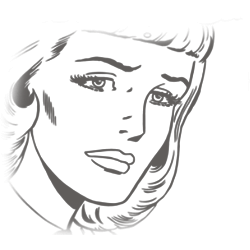ScienceDaily: Top Science News |
- Expanding the genetic alphabet may be easier than previously thought
- A different drummer: Engineers discover neural rhythms drive physical movement
- Scientists complete most comprehensive genetic analysis yet of corn
- Anthropologists find American heads are getting larger
| Expanding the genetic alphabet may be easier than previously thought Posted: 03 Jun 2012 04:17 PM PDT A new study suggests that the replication process for DNA -- the genetic instructions for living organisms that is composed of four bases (C, G, A and T) -- is more open to unnatural letters than had previously been thought. An expanded "DNA alphabet" could carry more information than natural DNA, potentially coding for a much wider range of molecules and enabling a variety of powerful applications, from precise molecular probes and nanomachines to useful new life forms. |
| A different drummer: Engineers discover neural rhythms drive physical movement Posted: 03 Jun 2012 04:17 PM PDT In a significant departure from earlier models, neural engineers and neuroscientists have developed a new model for the brain activity underlying arm movements. Motor neurons do not represent external-world parameters as previously thought, but rather send a few basic rhythmic patterns down the spine to drive movement. The finding has implications in prosthetics, the understanding of motor disorders and other uses yet to be discovered. |
| Scientists complete most comprehensive genetic analysis yet of corn Posted: 03 Jun 2012 04:17 PM PDT Scientists have completed the most comprehensive analysis to date of the corn genome. The team expects the achievement to speed up development of improved varieties of one of the world's most important agricultural commodities. The results should boost international efforts to increase yields, expand areas where corn can be cultivated and produce varieties better equipped to resist pests and disease. |
| Anthropologists find American heads are getting larger Posted: 30 May 2012 08:58 AM PDT Forensic anthropologists examined 1,500 skulls dating back to the mid-1800s through the mid-1980s. They noticed US skulls have become larger, taller and narrower as seen from the front and faces have become significantly narrower and higher. |
| You are subscribed to email updates from ScienceDaily: Top Science News To stop receiving these emails, you may unsubscribe now. | Email delivery powered by Google |
| Google Inc., 20 West Kinzie, Chicago IL USA 60610 | |




